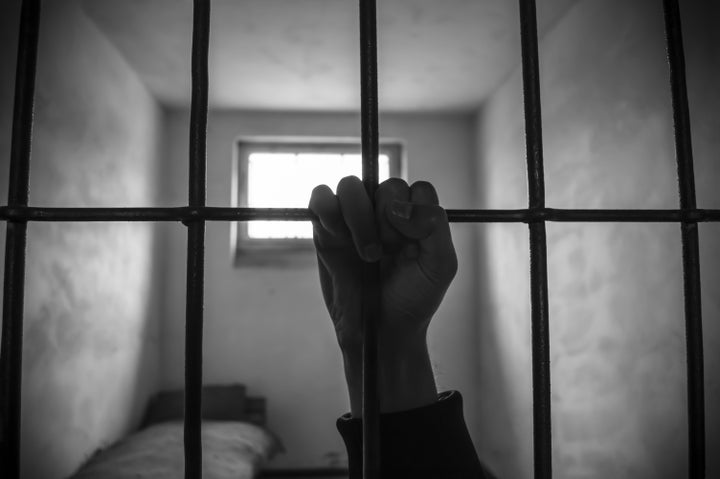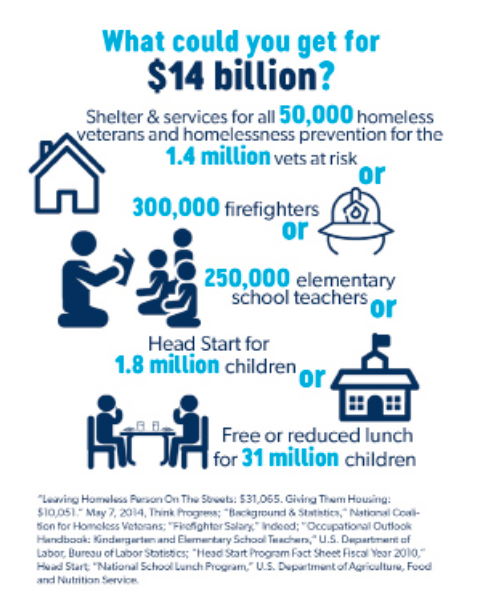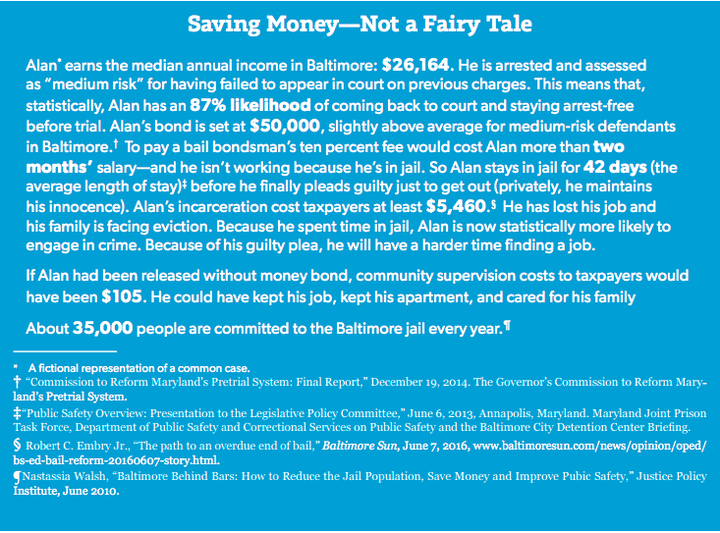
On any given day, more than 450,000 people are languishing in jails across the U.S. while they await trial. Many face low-level charges, and are stuck behind bars because they can’t afford to pay the bail that would secure their release.
A report published this month finds that jailing these people costs U.S. taxpayers approximately $38 million every day, or $14 billion annually. The study, compiled by the nonprofit advocacy group Pretrial Justice Institute, says the majority of this money pays for locking up lower-risk defendants, who it argues could otherwise be released on non-financial conditions.
The report sheds new light on the high cost of pretrial incarceration in the U.S, and comes amid national debate over reforming the money-based system of bail. It also presents alternatives the study says could reduce the financial burden jails often place on localities.
“We wanted to give people some big-picture numbers to help them understand what your local costs are, both direct and indirect,” said Cherise Fanno Burdeen, CEO of the Pretrial Justice Institute.
The burden on taxpayers begins mounting almost immediately after police make an arrest. Jail intake staff has to process inmates, create records, conduct medical screenings and issue uniforms.
To get out of jail, most defendants have to put up cash or other assets to pay a bond, which serves as collateral to secure their return for future court dates. If they can afford bail on their own, the court gives back this money upon the conclusion of the trial, regardless of the outcome. Those who fail to appear forfeit the funds and face additional legal penalties.
Many defendants don’t have enough money to pay bail, however, and rely instead on commercial bail bond agencies to get out of jail. These businesses charge a non-refundable service fee, usually 10 percent of the total bail amount. Defendants ― and often their friends and families ― are on the hook for this payment, even if the charges are dropped or if they aren’t found guilty of a crime.
Many poorer defendants can’t post bail of any amount, so they remain behind bars until trial. Caging these inmates is expensive, as jails are required to provide them with food, medical care, security and other services.
The report estimates that jailing a defendant for one day costs around $85, though that figure can fluctuate wildly depending on the facility. In New York City’s Rikers Island detention center, for example, taxpayers foot a bill of more than $450 a day per inmate. That’s a total of more than $167,000 per year, which the report notes is about what it costs for a four-year undergraduate education at Princeton University.

The collateral costs of the system extend far beyond these direct costs, reaching as high as $140 billion per year, according to the report. The consequences of pretrial incarceration include loss of employment and opportunity. If defendants can’t show up to work, they may get fired and lose access to benefits, including public assistance for housing. They can fall behind on payments for housing and car loans, or be cut off from health care or family support networks.
Being locked up for just a few days also increases the odds of future criminal behavior and incarceration. In some cases, getting booked into jail ends up being fatal.
The report provides a hypothetical example of a case in Baltimore in which a “medium risk” defendant is assigned a bail amount he can’t afford, leaving him jailed. Maryland is considering new rules on bail.

The Pretrial Justice Institute argues that more defendants should be released without bail, while those who are truly dangerous shouldn’t be be allowed to purchase freedom. In jurisdictions that have eliminated money bail, pretrial services officers typically conduct formal risk assessments, taking into account a defendant’s likelihood to jump bail or get re-arrested before trial. Judges then have an objective analysis to consider when setting non-financial conditions of release. Some defendants may simply get reminders to return to court, while others are subjected to intensive monitoring or supervision.
Adopting alternatives to pretrial incarceration could yield $78 billion in annual savings and benefits nationally, the report concludes.
The sprawling commercial bail bonds industry, which handles about $14 billion in bonds each year, has pushed back aggressively against calls for change.
These businesses often claim to provide a public service at no cost to the taxpayer, as they’re using their own privately held funds to bail out defendants. If a client absconds, it’s the bail bond company’s investment, not the court’s, that is at risk. Bail bond agencies also argue that they pay to carry out many of the responsibilities of a publicly funded pretrial services agency.
But Burdeen accused the industry of relying on “alternative facts” in its efforts to paint itself as cost effective, borrowing a phrase invented by Kellyanne Conway, a counselor to President Donald Trump. Burdeen said concern about the costs of moving away from money bail ignore just how expensive the current system is.
“Think as a taxpayer how much money you’re spending now as your legislators go into sessions where they’re going to essentially try to raise funds for the state in other ways,” said Burdeen. “We want folks to understand that you could be paying for a lot of the services you want in your communities by redirecting these funds.”
